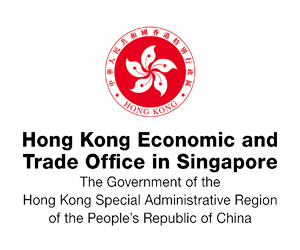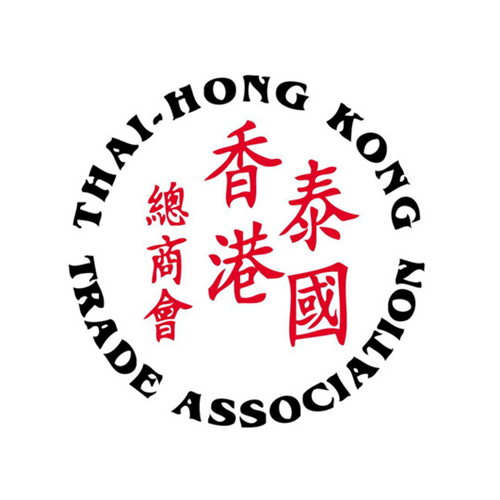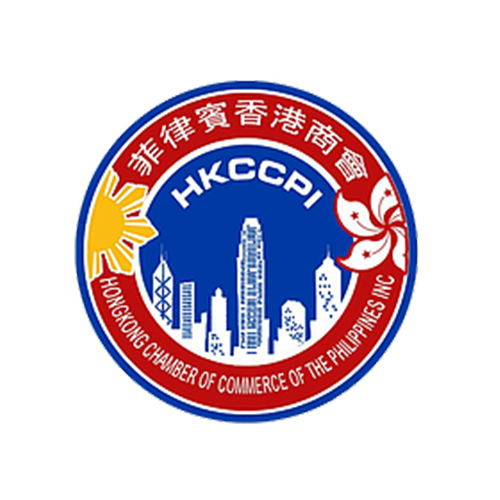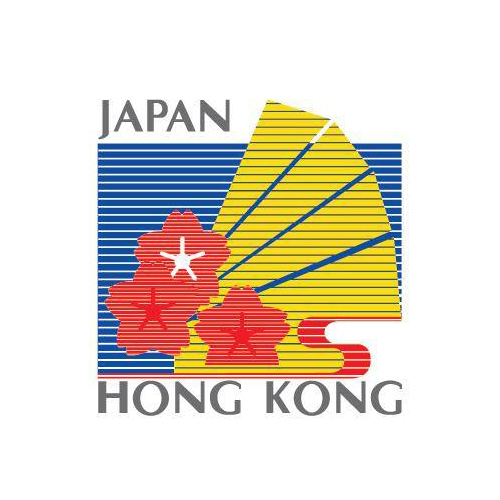Want to be in the loop?
subscribe to
our notification
Business News
INCENTIVES NEEDED TO RAISE COMPETITIVENESS OF LOGISTICS INDUSTRY: INSIDERS
The logistics industry has made big strides in recent times, significantly contributing to the country’s economic growth and generating a number of jobs.
In the World Bank rankings, Việt Nam currently ranks 64th out of 160 countries in terms of logistics development and fourth in Southeast Asia after Singapore, Malaysia and Thailand.
It was also among the top 10 in the 2023 Emerging Markets Logistics Index compiled by Agility, one of the world’s top freight forwarding and contract logistics providers.
Among Southeast Asian countries, it was fourth behind Malaysia, Indonesia and Thailand.
But Việt Nam’s logistics costs are equivalent to 16.8-17 per cent of its GDP, much higher than the global average of 10.6 per cent, weakening the competitiveness of its goods globally, chairman of the Việt Nam Logistics Association (VLA) Lê Duy Hiệp, said, pointing to limitations in infrastructure, seaport planning and connectivity between various means of transport.
The World Bank also said Việt Nam's logistics industry still shows many shortcomings in terms of capacity and the pace of digital transformation by businesses.
Although the Government has pushed ahead with a national logistics development strategy for until 2035 that integrates digital transformation, it requires greater efforts to boost the sector’s digitisation.
Besides, the railway network has yet to be fully tapped to serve trade with China and ASEAN member countries despite its great potential.
Given that, Hiệp suggested offering more incentives to help logistics firms bolster their competitiveness.
Deputy Minister of Planning and Investment Trần Duy Đông said the number of logistics businesses has increased rapidly to over 3,000.
The Government is trying to improve the investment environment, increase public spending, stimulate demand, and remove difficulties faced by manufacturers and exporters, he said.
Infrastructure is a key factor in the development of the logistics industry.
In the past two years many important highways and regional roads have been built.
Việt Nam's goal is to have 3,000km of highways by 2025 and 5,000km by 2030 besides coastal roads, ports and airports.
Đông said "These are necessary conditions for Việt Nam to develop the logistics industry. However, to achieve the goal of cutting logistics costs, improving the business environment and enhancing the competitiveness of the logistics industry amid the international economic integration and fourth industrial revolution, we still have much work to do."
With respect to the legal framework for the industry, specific policies expanding on guidelines have not been announced or there are overlaps, he said.
Transport and logistics infrastructure are not synchronised to create multimodal transport corridors though the need for high-quality transshipment of goods is growing, he said.
Việt Nam also lacks centralised logistics areas in strategic locations connected with ports, airports, national highways, or production facilities, a significant hurdle to the development of the logistics industry, he said.
"The current question is how to take advantage of the opportunity to turn logistics into an important economic sector, both meeting domestic needs and being internationally competitive, while keeping up with development trends. The global trend is green logistics to achieve sustainable development goals."
Minister of Industry and Trade Nguyễn Hồng Diên said to develop the logistics industry quickly the ministry would co-ordinate with other agencies, local authorities and businesses and industry associations to draft a development strategy for until 2035.
It would also co-ordinate with the Ministry of Transport and various localities to ensure co-ordination between traffic and logistics centre plans across the country, he said.
It would help provinces and cities, industry associations and businesses proactively plan to reduce congestion at ports and border gates, he said.
It will also promote links between logistics and production businesses and the role of the Việt Nam Logistics Forum.
Đông said the Government would improve the logistics infrastructure, review plans and ensure the synchronisation of infrastructure with transport services.
To develop human resources for logistics, authorities plan to accurately determine labour needs and develop occupational standards, he added.
Source: VNS
Related News

GOLDEN DEAL, KNOCK-DOWN OFFER
Are you ready for a fun-filled family vacation. Don't miss the super attractive Family Staycation package at Becamex Hotel. 2 days 1 night package with full amenities and free activities: Buffet breakfast, Swimming, tennis, bicycle, gym, sauna, cool ice cream, 300.000 VND service voucher and many other offers! Contact now for detailed advice.

"BEARY CHRISTMAS" CHARITY PROGRAM
As the Festive Season approaches, Caravelle Saigon, in collaboration with VinaCapital Foundation (VCF), is bringing a heartwarming charitable initiative to life — and we are delighted to invite all HKBAV members to take part in the very first “Beary Christmas” Charity Program. By adopting a Caravelle Bear for VND 299,000 nett, you will be directly supporting children battling cancer in Vietnam through VCF’s Can-Care/Can-Clover Program.

SOILBUILD INTERNATIONAL WINS “BEST INDUSTRIAL DEVELOPMENT” AWARD FOR SPECTRUM NGHE AN AT THE PROPERTYGURU VIETNAM PROPERTY AWARDS 2025
Soilbuild International is pleased to announce that its project, Spectrum Nghe An, has been awarded Best Industrial Development at the PropertyGuru Vietnam Property Awards 2025, held on 24th of October 2025, in Ho Chi Minh City. The PropertyGuru Vietnam Property Awards is part of the prestigious PropertyGuru Asia Property Awards series, the largest and most respected real estate awards programme in Asia.

WEBINAR: 2025 VIETNAM KEY TAX FINALISATION, UPDATES ON TAX CHANGES AND GLOBAL MINIMUM TAX
Dear Valued Client,We would like to invite you to our webinars on Friday, 12 December 2025, and Tuesday, 16 December 2025, to review and learn about key 2025 tax finalisation topics and stay ahead with the latest tax changes.
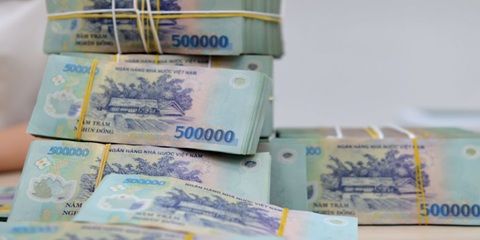
NEW ECONOMIC POLICIES EFFECTIVE THIS DECEMBER
Government Decree 304/2025, effective December 1, sets stricter conditions for seizing collateral, especially assets that are a borrower’s sole residence or essential work tools. In such cases, lenders must set aside a compensation amount equivalent to six to twelve months of minimum wage. The measure aims to improve transparency in bad debt handling and reduce credit risk in the banking system.

QUANG NINH TARGETS VND58 TRILLION IN TOURISM REVENUE
Quang Ninh Province is aiming to generate VND58 trillion in tourism revenue this year after surpassing its goal of 21 million visitors, driven by new tourism products, expanded nighttime activities, and large-scale events. As of mid-November 2025, Quang Ninh had welcomed 21.28 million visitors, up 12% year-on-year. Tourism revenue reached at least VND57 trillion, a 22.46% increase from the same period last year. With its visitor target achieved, the province is now pushing toward its revenue goal of VND58 trillion.
